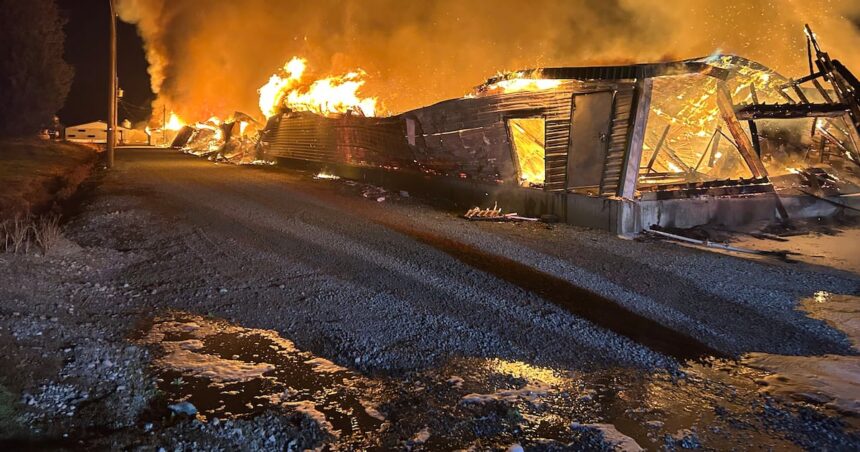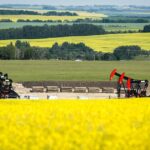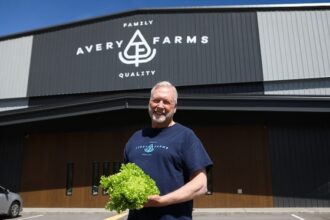In the early hours of Canada Day, a devastating blaze tore through a commercial poultry operation in Langley, British Columbia, claiming the lives of approximately 27,000 chickens and causing significant structural damage. The fire, which erupted around 3:30 a.m., required multiple firefighting crews who battled the inferno for several hours before bringing it under control.
“When our teams arrived, the barn was already fully engulfed,” said Fire Chief Mark Henderson of the Langley Township Fire Department. “The combination of dry summer conditions and the wooden structure created a perfect storm for rapid fire spread.”
Witness reports indicate that flames were visible from several kilometers away, with thick plumes of smoke billowing into the pre-dawn sky. Local resident Elaine Thompson described the scene as “apocalyptic,” noting that she was awakened by the sound of emergency vehicles and the smell of smoke.
The farm, operated by the Hendricks family for over three generations, represents one of the many poultry operations that form a critical component of British Columbia’s agricultural economy. Provincial data shows that the Fraser Valley region accounts for nearly 80% of BC’s poultry production, with operations ranging from small family farms to large commercial enterprises.
According to preliminary investigations, electrical issues may have sparked the blaze, though officials stress that a comprehensive investigation is still underway. “We’re examining all possible causes,” explained Fire Inspector James Wilson. “At this stage, we’ve found evidence suggesting an electrical malfunction in the barn’s ventilation system, but we need to complete our full analysis before drawing definitive conclusions.”
The economic impact extends beyond the immediate loss of livestock. Industry experts estimate the financial damage at approximately $500,000, including the destruction of specialized equipment and the barn structure itself. For Canada’s poultry industry, which generates over $2.5 billion annually, such incidents highlight the vulnerability of agricultural operations to catastrophic events.
The provincial government has acknowledged the incident, with the Ministry of Agriculture spokesperson Lisa Chen confirming that “support services are being coordinated for the affected farm operators.” These services typically include emergency financial assistance and mental health resources for farmers dealing with significant losses.
Environmental concerns have also emerged following the fire. Local environmental groups have raised questions about potential watershed contamination from firefighting runoff, though early assessments from the Environmental Protection Agency suggest minimal impact to surrounding waterways.
The incident has reignited discussions about fire safety standards in agricultural facilities across British Columbia. According to provincial regulations, poultry operations must adhere to specific fire safety protocols, including regular electrical inspections and the maintenance of fire suppression equipment. Industry advocates have used this opportunity to call for enhanced safety measures and updated building codes for agricultural structures.
“This tragedy serves as a stark reminder of the risks inherent in agricultural operations,” said Jennifer Chang, spokesperson for the BC Poultry Association. “We’re committed to working with government officials and fire safety experts to strengthen protection measures for both animals and facilities.”
As the community rallies around the affected farm family, this incident raises important questions about the balance between agricultural productivity and safety in our food production systems. How might advances in barn design and fire suppression technology help prevent similar tragedies in the future, and what responsibility do consumers bear in supporting the implementation of enhanced safety measures that could inevitably increase food costs?


















